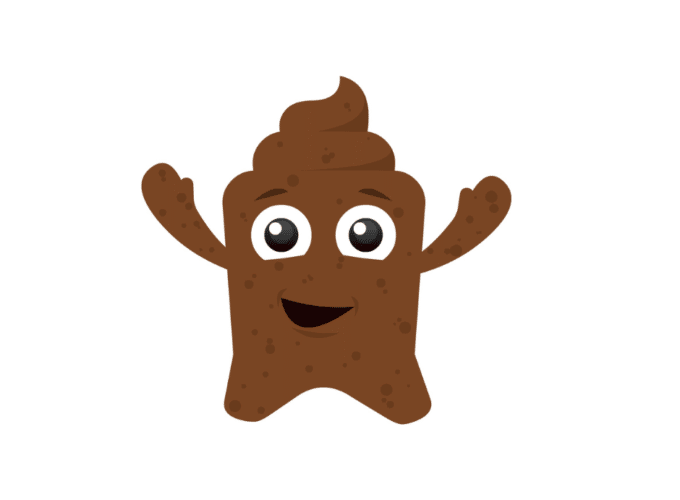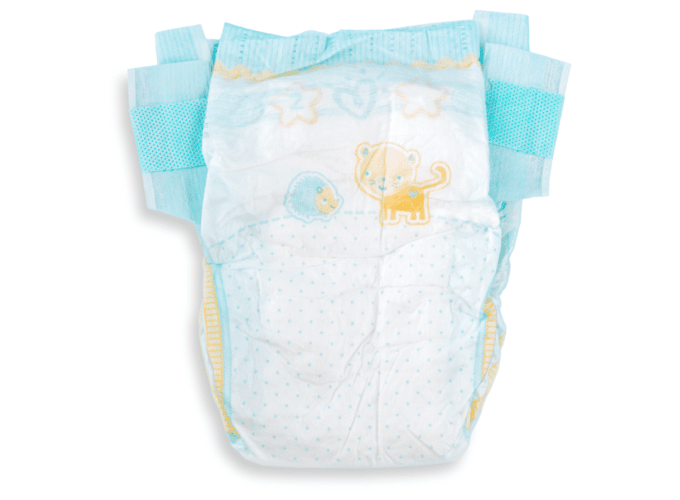Toilet anxiety and toilet phobia in children
Many people, of all ages, find toilets unpleasant and sometimes worrying. It is particularly common in children and can impact on their bowel and bladder control and function.
It is important to recognise toilet anxiety or toilet phobia in children and the effect it can have on them, so that they can be supported to overcome their fear. This can avoid further problems developing and focuses on the underlying cause.
What is anxiety?
Anxiety is the emotional response to an unfamiliar or alarming situation, and is linked with physical changes in the body. It is a normal response which can help us learn and adapt – you may have heard it described as ‘flight or fight’.
It can sometimes be fun and exciting, such as in stories like ‘Going on a Bear Hunt’ or whilst watching films, like Star Wars. New situations can often make children anxious, but this feeling usually reduces quickly and they start to feel better.
What is toilet anxiety?
Toilet anxiety, toilet phobia or paruresis may be triggered by an unpleasant experience, such as a noisy or smelly toilet. Children might remember this each time they go - leading to an association of anxiety with going to the toilet. They may also start to hold in wee or poo to avoid using the toilet.
This can lead to constipation as the poo is not let go and this can result in a large uncomfortable poo, causing even more increased anxiety. Memories of an unpleasant or painful poo, following constipation can last for a long time, even if the poo has returned to normal so the anxiety may continue.
Anxiety following an unpleasant experience can be hard to forget and overcome. It can also continue to affect children’s confidence and behaviour.
Fear of toilets is often about the unknown, and may be linked to imagined monsters and scary things, snakes in the toilet, and dangerous germs (Toilet cleaners ‘kill all known germs’ after all!).
Physical effects of anxiety
These may include:
- Nausea and stomach ache
- Rapid shallow pulse
- Rapid shallow breathing (even triggering an asthma attack if children have this).
- Headaches
- Wee and poo accidents
- Faints
Emotional effects of anxiety
These might include:
- Panic attacks
- Tantrums and meltdowns
- Withdrawal
- Freezing
- Sleep problems and nightmares
- Irritability
- Clinging
- Distress and exhaustion
- Denial and resistance to engage with the problem
Possible causes of toilet anxiety
- New, unfamiliar toilets
- Constipation and/or a painful poo
- Soreness and skin inflammation round the anus or round the urine outlet
- Different clothes e.g. pants which may be different and feel strange
- The sensation of wee and poo coming out and losing part of yourself
- Splash back from the toilet
- Will it stop?
- Feeling that they could fall into the loo
Background factors
- Individual personality
- Family changes and stress e.g. new baby, moving house
- Potty training (this is the first time a child needs to actually engage with their wee or poo)
- Starting school and/or nursery
Being denied access to the toilet at school - Being called names or bullied
- Inability to cope with new situations
- Trauma
- Health issues
- Developmental conditions e.g. autism (ASD)
- Children with concentration difficulties (ADHD,ADD)
Sensory factors
Many children may be upset by too much sensory stimulation including:
- Visual - bright lights, reflections, glare
- Hearing - echoes, sounds of toilet filling and/or flushing, hand driers
- Touch – the feeling of the toilet seat, toilet paper, clothes being down round the legs
- Smell - highly perfumed bathroom products and cleaners, the smell of poo
- Balance - feeling of unsteadiness especially on a strange or different toilet
- Proprioception - understanding where your body is in space and in relation to the toilet
- Interoception - understanding and feeling the sensations from inside the body, including sensations from bowel and bladder activity
Responding to sensory factors
- Analyse the toilet environment
- Reduce the amount and impact of unpleasant sensations
- Make the bathroom familiar and friendly, with games music and pictures
- Provide distractions and more stimulation for those who need it
Our sensory factsheet has lot more information on supporting children with sensory needs.
How to stop toilet anxiety in children
- Accept and recognise the child’s anxiety and analyse the factors contributing to this.
- Check bowel and bladder function. Many children are constipated too and that will need treatment before progress can be made. See our advice for children with constipation for more information.
- Build confidence with other activities and skills e.g. washing hands, putting on socks, being helpful
- Break up the task into small, easy steps that can be gradually built on
- Use predictable routines
- Distraction
- Try to make toileting fun
- Talk to the child about anxiety
Some things to try
- Music and songs
- Videos which explain how toilets work
- Tactile activities e.g. fiddle toys, putty, play dough
- Joke book - laughter is a great way to relax children
- Visuals e.g. kaleidoscopes, spinning danglers
- Gentle massage, tummy, feet or hands
- Sounds e.g. waves, music, bird song
- Slow, deep breathing
- Thinking about a favourite place or activity
Using rewards
- Reward effort as much as success
- Keep rewards small and fun
- A lucky dip box
- Activities and targets for older children
- Peace and quiet may be preferred by some children.
Things to avoid
- Giving unrealistic targets
- Asking too many questions- use “I wonder what…”?
- Getting cross - but you can be cross with the wee and poo coming out in the wrong place! Talk about how annoying it is that the wee/poo is misbehaving again, and how you and the child will have to teach it how to behave.
Other things to consider and try
- It’s always important to consider and assess anxiety
- Try to see the situation from the child’s perspective
- Toilet anxiety may be linked only to toileting activities
- Anxiety improves with experience and familiarity
- Parents and carers need support too, it is stressful dealing with an upset child
- Consider and discuss school toilets
- Make sure children get used to other toilets (these can be scored out of 10).
Remember: Anxiety usually improves with experience, support and growing up.
Find out why poo withholding happens and how to help your child overcome this stressful cycle of behaviour.
Children only wanting to poo in a nappy is very common especially around the potty training stage. Get help with supporting your child to break this habit.
Upcoming events
Share this page
Still need help?
Free helpline:
0808 169 9949
Monday to Thursday, 10am - 2pm
Support us
We rely on donations to continue our work.



